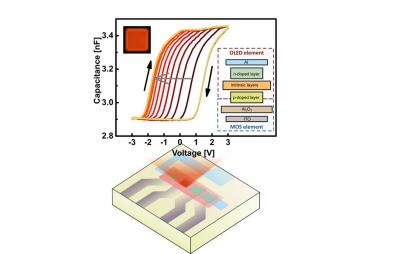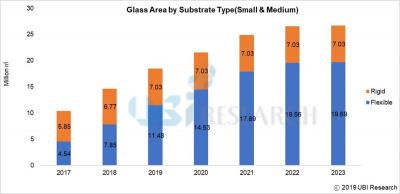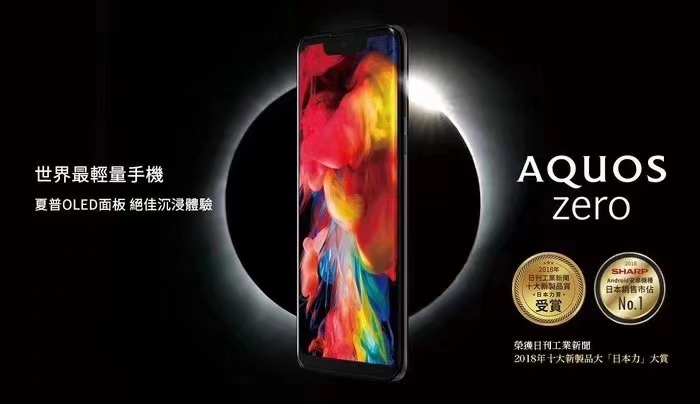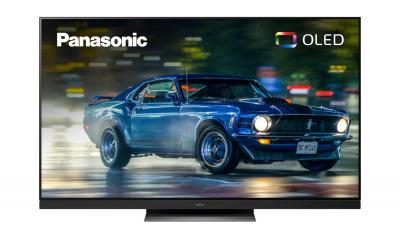Researchers develop a novel memory device based on an OLED coupled with an MOS capacitor
Researchers from TU Dresden developed a novel memory device that is based on a combination of an OLED emitter and a metal-oxide semiconductor (MOS) capacitor.

The so-called pinMOS device is a non-volatile memory-capacitor with high repeatability and reproducibility. pinMOS devices can store several states, since charges can be added or removed in controllable amounts. This device can also be controlled (read and write) both electrically and optically.






